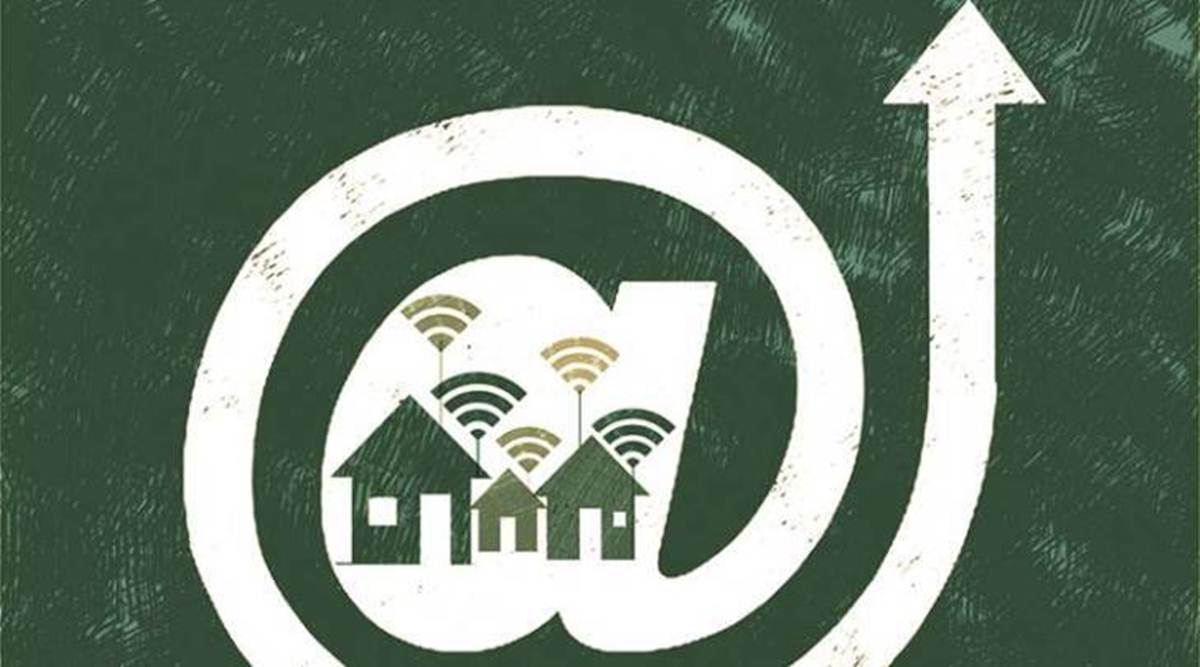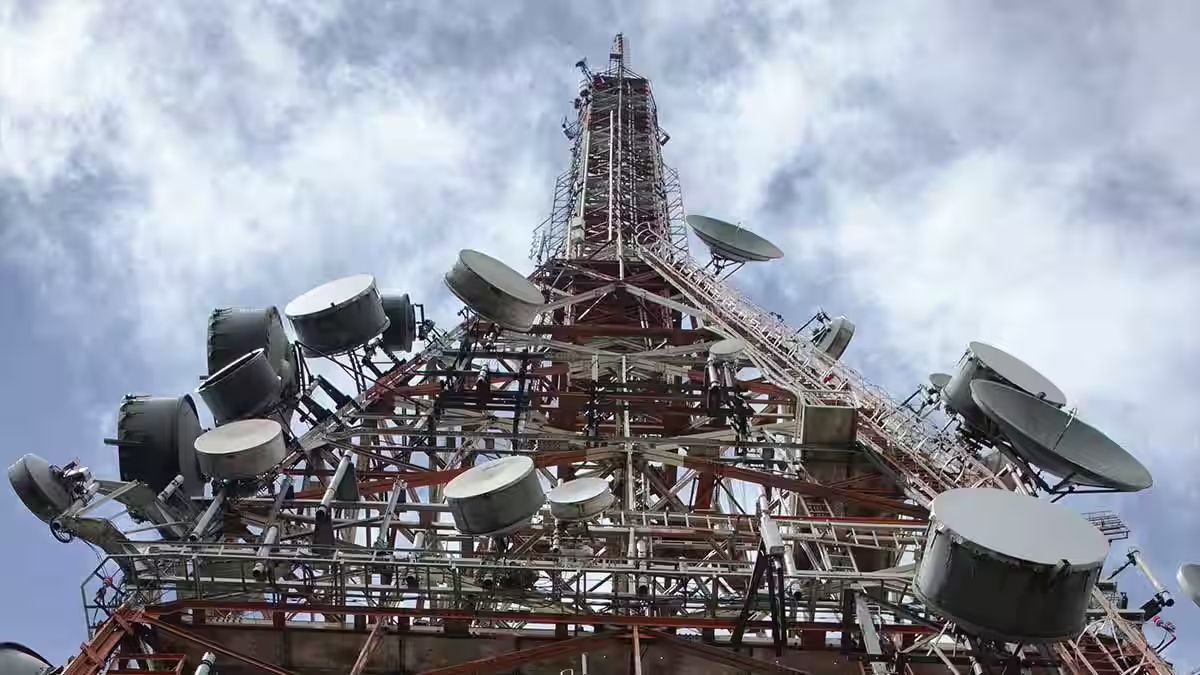Government’s Satcom Solution for Rural Connectivity: BharatNet Project 2023

Government’s Satcom Solution for Rural Connectivity: BharatNet Project 2023
In an effort to bridge the digital divide and bring high-speed internet connectivity to the farthest corners of the country, the Indian government has embarked on a revolutionary project called BharatNet.
This ambitious initiative aims to provide broadband connectivity to over 600,000 villages across India, including the most remote and underserved areas. One of the key strategies in achieving this goal is the utilization of satellite communication (satcom) technology.

BharatNet, previously known as the National Optical Fiber Network (NOFN), is a massive infrastructure project launched by the Government of India to ensure that rural and remote areas have access to high-speed broadband internet services. The project was initially conceptualized in 2011 but has undergone several revisions and improvements since then. Its primary objective is to empower rural India with digital connectivity, which in turn can spur economic development, improve healthcare, education, and access to government services.
The project involves laying a vast network of optical fiber cables across the country to connect gram panchayats (local village councils). These fiber optic cables form the backbone of the BharatNet project, enabling high-speed data transmission. However, reaching every nook and corner of India through traditional land-based fiber optic infrastructure poses several challenges, especially in the country’s rugged and remote terrain.

To overcome the geographical barriers and accelerate the delivery of broadband services to rural India, the government has decided to integrate satellite communication (satcom) technology into the BharatNet project. Satcom provides a versatile solution for connectivity, as it can reach even the most isolated regions, regardless of geographical obstacles.
Key Advantages of Satcom in BharatNet:
- Rapid Deployment: Satellite-based communication systems can be deployed relatively quickly compared to laying physical fiber optic cables. This is crucial in areas where the terrain is challenging, and traditional infrastructure development is time-consuming.
- Universal Coverage: Satcom can provide connectivity to remote areas where terrestrial infrastructure is impractical or cost-prohibitive. It ensures that no village is left behind in the digital revolution.
- Scalability: Satellite communication networks can be easily scaled up to meet growing demand, ensuring that as more villages come online, the network can accommodate increased traffic.
- Disaster Resilience: Satcom is less susceptible to natural disasters, such as floods or earthquakes, which can disrupt land-based networks. This makes it a more reliable option for ensuring uninterrupted connectivity in all circumstances.
- Cost-Effective: In some cases, deploying satellite communication may be more cost-effective than laying fiber optic cables, especially in sparsely populated areas.

The government has taken several initiatives to incorporate satellite communication into the BharatNet project:
- Partnership with ISRO: The Indian Space Research Organisation (ISRO) is actively collaborating with the government to provide satellite connectivity for BharatNet. ISRO’s expertise in satellite technology is invaluable in designing and deploying the satcom component.
- GSAT Satellites: ISRO’s GSAT (Geo-Stationary Satellite) series is being utilized to provide satellite internet services to remote areas. These satellites are strategically positioned in geostationary orbits, ensuring continuous coverage over specific regions.
- Public-Private Partnerships (PPP): The government is exploring partnerships with private satellite communication providers to complement its efforts in expanding rural connectivity.
- Subsidies and Incentives: To make broadband services affordable for rural consumers, the government is offering subsidies and incentives to satellite service providers, encouraging them to offer cost-effective packages for rural users.
While satellite communication holds great promise for BharatNet, there are challenges that need to be addressed. These include the cost of satellite bandwidth, latency in data transmission due to the longer distance to and from satellites, and the need for proper ground infrastructure to receive and transmit satellite signals.

However, as technology continues to evolve, these challenges are gradually being mitigated. Low Earth Orbit (LEO) satellite constellations, such as Starlink by SpaceX, promise reduced latency and increased bandwidth, which could significantly enhance the efficiency of satcom in rural areas.
The integration of satellite communication into the BharatNet project represents a significant leap towards achieving digital inclusion for all of India. By leveraging the strengths of satcom technology, the government is poised to bring the benefits of the digital age to the remotest villages, unlocking their economic potential and improving the quality of life for millions of rural Indians. As technology continues to advance, the dream of a digitally connected Bharat (India) is closer to becoming a reality.
The BharatNet project, initially launched as the National Optical Fibre Network (NOFN) in 2011 and renamed in 2015, represents the Indian government’s largest rural broadband connectivity initiative, aiming to use optical fiber to provide high-speed internet access.

The revamped BharatNet project, with an investment of Rs 1.4 trillion, seeks to extend broadband connectivity to all Gram Panchayats (GPs) across the country, with the intention of covering more than 2.5 lakh GPs and extending the scope to all inhabited villages beyond the GPS.
A significant development under this project is the government’s decision to employ satellite communication (satcom) technology, alongside fiber connectivity and fixed wireless access (FWA), to reach remote and inaccessible regions where laying optical fiber cables is not feasible or cost-effective.
This approach is expected to bridge the digital divide by ensuring that even the most secluded areas have access to the internet, thereby fostering socio-economic development.
The project is being carried out in a phased manner, with a public-private partnership (PPP) model, where the private sector is expected to bring innovative technology, ensure faster network deployment, and provide a variety of high-speed broadband services, including over-the-top (OTT) and multimedia services.
As part of this plan, 10% of the gram panchayats in challenging terrains such as mountainous regions are targeted for connection using these advanced technologies.
Satcom is not only seen as a cost-effective solution for broadening internet access but is also viewed as a potential way to complement 5G technology in rural and remote areas, offering an affordable connectivity option.
The project has so far connected 1.95 lakh gram panchayats, with the ultimate goal of ‘lighting up homes in villages’ and connecting 1.5 billion Indians to the internet within the next two years.
The BharatNet project, through its innovative use of satcom and other technologies, stands as a strategic endeavor to enhance digital inclusivity and pave the way for India’s accelerated digital transformation.





